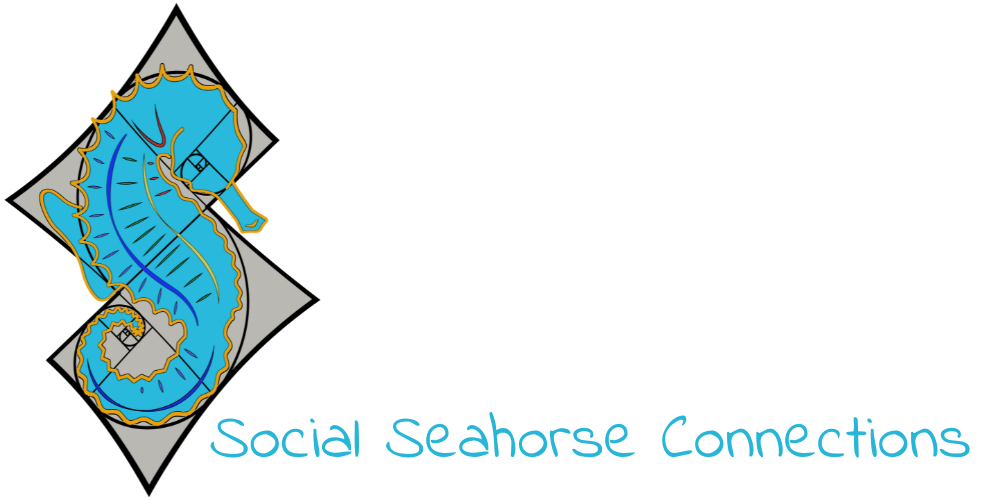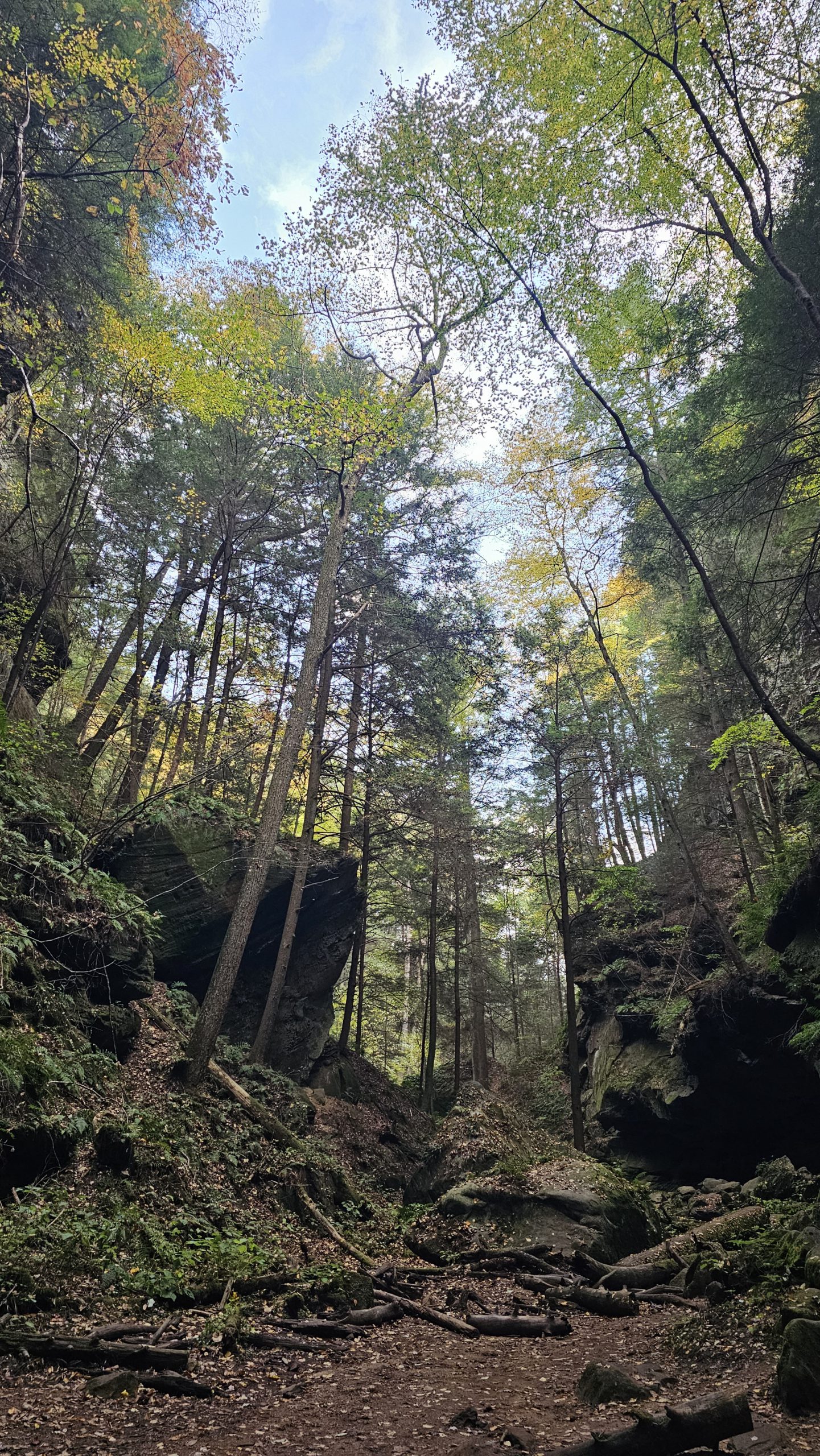
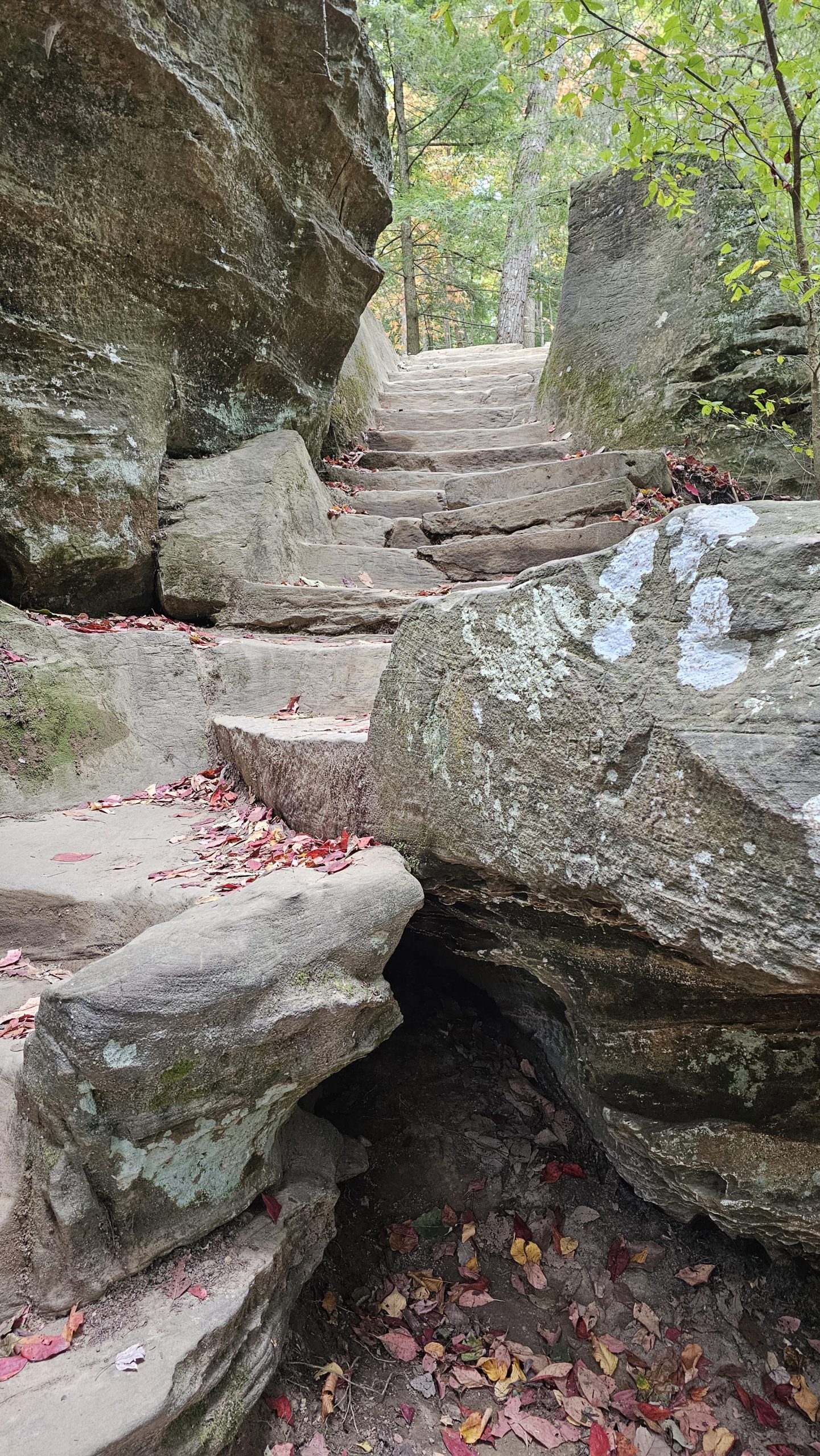
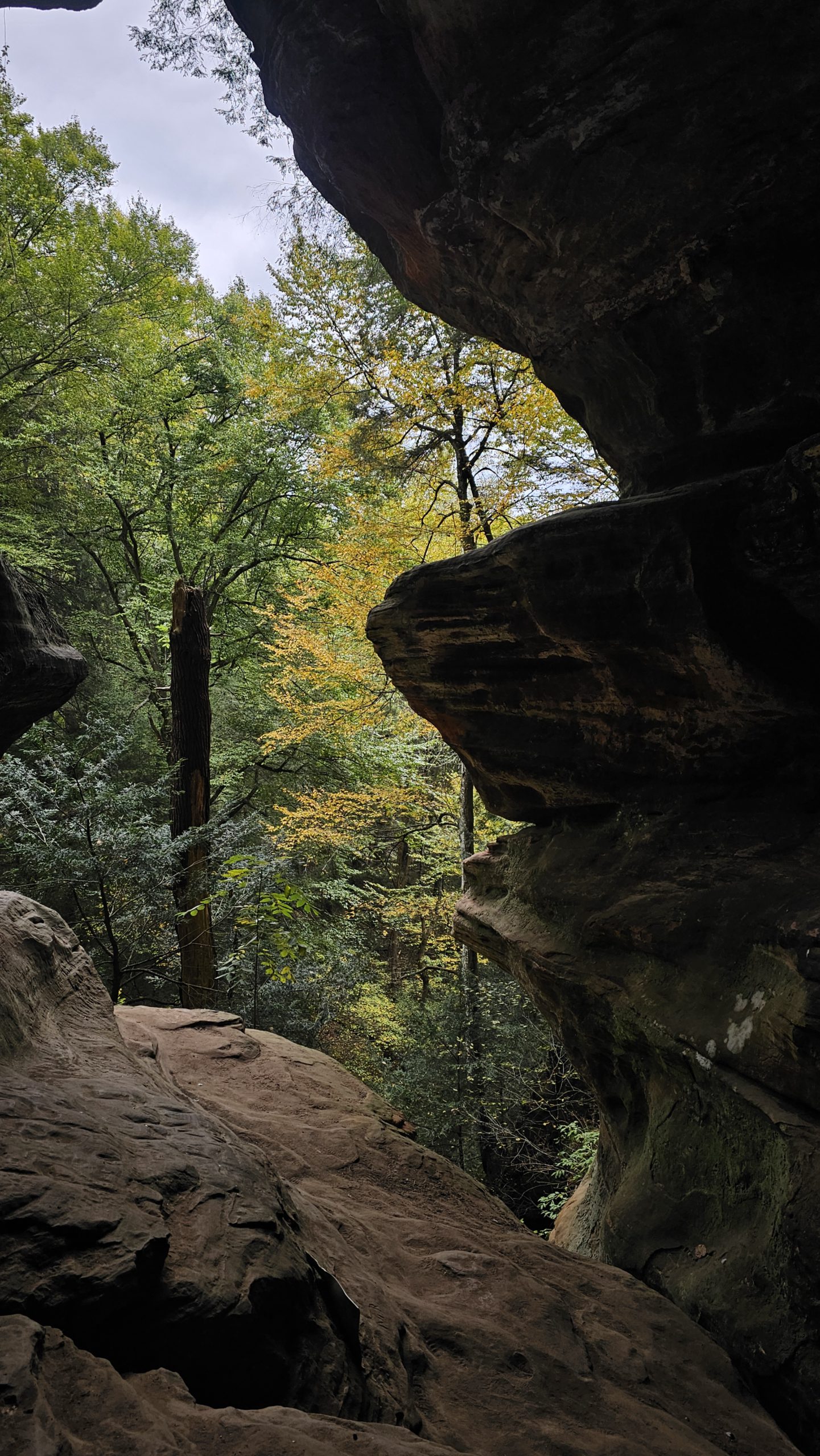
Photo caption: The deep woods of Hocking Hills, Ohio, in the fall. Conkle's Hollow Gorge Trail, stone steps on the way to Rock House, and a view of fall trees from inside Rock House cave.. Photo Credit: Lisa Tussey Yoder
Placing my trekking poles carefully, I take the next step up a steep incline for the rim trail around the Conkle's Hollow Gorge in Hocking Hills, Ohio. I’m not even sure I can make it to the top. I take a deep breath and let the crisp fall air fill my lungs. I marvel at the vibrant colors of autumn. I feel alive!
I’m determined to try to make it to the rim to take in the vista of fall foliage.
The rim trail is one of my favorites in the system, and one that in the past I could knock out with no problem; however, I’ve had ankle and back injuries that have kept me out of the woods for close to a year now. Typically, I’m in the woods 2 to 3 times a week, so it’s been very difficult to be away from that.
See, I’m an introvert, and introverts tend to not just crave being out in nature, they need it. They need to connect to it.
So, what does that have to do with community and connection, and did I make it to the rim?
First, let’s clear up a common misconception about introverts and extroverts.An over-generalization is that introverts are shy and don’t like to be around people while extroverts don’t like to be alone.
Neither of these actually has much to do with introversion or extroversion. People from both groups can be very out-going – or shy. People from both groups can enjoy time alone. And, certainly, both can enjoy and interact with nature.
No one is entirely an introvert or extrovert – we all exist on a spectrum.
The most accurate indicator of whether someone is an introvert or extrovert is what energizes them. Introverts tend to be recharged by being alone, and extroverts tend to be recharged by being around people. Being around many people tends to drain introverts (which doesn’t mean they don’t enjoy it; it just consumes more energy than it gives). Being alone can feel draining to extroverts.
It’s common for introverts to seek out being alone in nature while extroverts tend to do group activities in nature like a group hike.
Connecting to nature is just one way that we can be healthier mentally, whether we are introverts or extroverts. It increases our social value first by making us more connected to our natural world and secondly, by giving us an activity that gets us into an energizing environment with others who are energized by it as well – whether they be introverts or extroverts. Being in nature tends to ground us as humans, helping us to then be better equipped to connect with other humans.
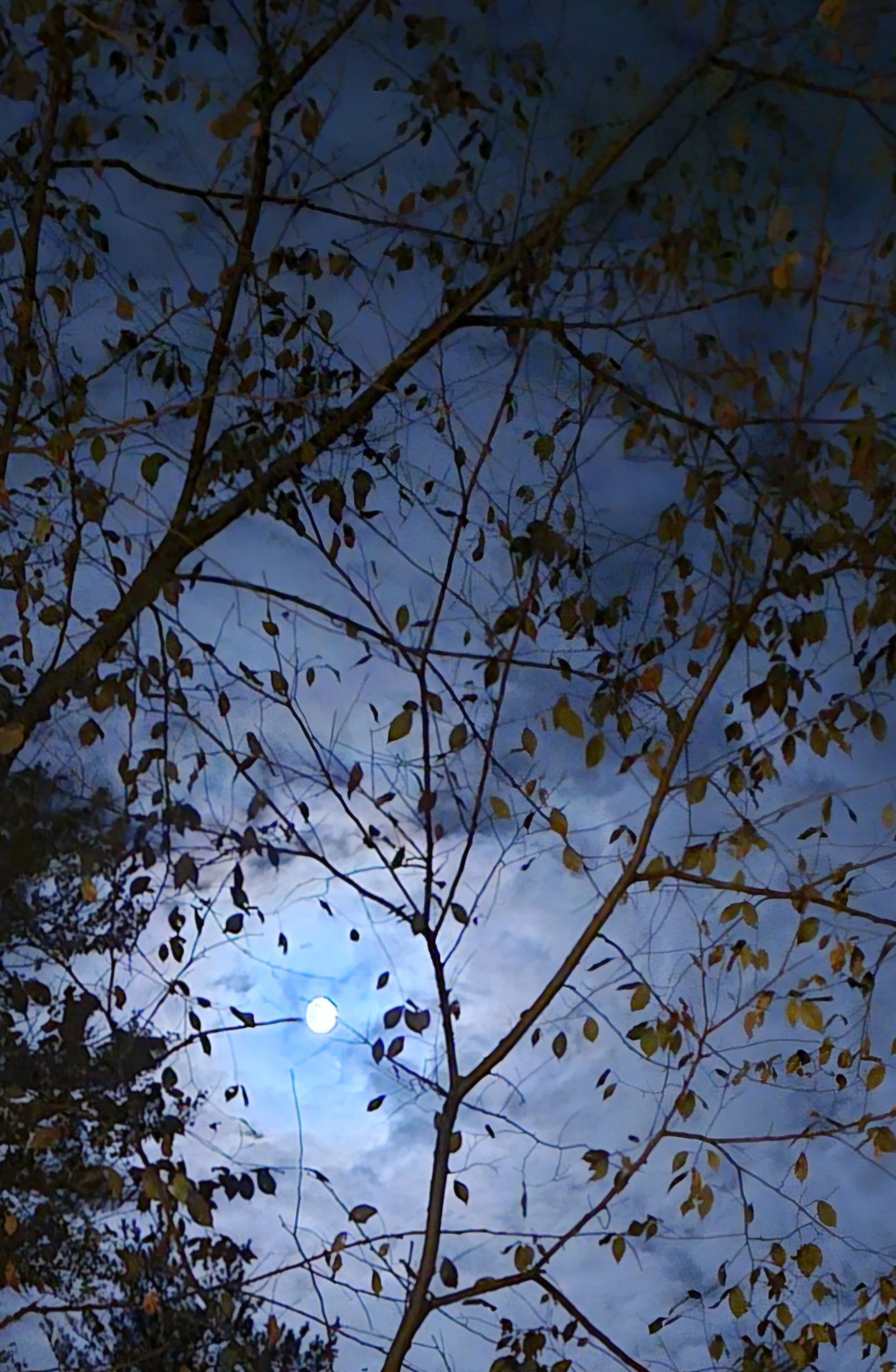
A nearly full moon visible through the waning fall leaves. Photo Credit: Lisa Tussey Yoder
As I pulled myself upwards toward the rocky top, I thought about all the value to being in nature - its energizing power, its health benefits, and its beauty.
I also thought about all the different community connections I experienced that were organized around people enjoying nature.
- The tiny house I rented is part of a little village-like area of four tiny homes clustered together within a campground.
- The campground community itself with tent, tiny home, and RV sections.
- A feral Siamese kitten with half of its tail missing wandered from site to site, connecting people through its plight as it begged for food.
- The coffee shop housed in an Avion Trailer (think Airstream) within walking distance that campers groggily made their way to every morning for their daily caffeine fix.
- The knowing glances of comradery between hikers who were also struggling to ascend a steep trail.
- Sharing maps and directions between those familiar with the area and those first-time visitors.
So many micro interactions existed – all created with people who had traveled to the same place to interact with nature - that created a sense of belonging – a sense of community.
I did make it to the top, and it was glorious!
I encourage you to connect to nature and to others through nature this week.
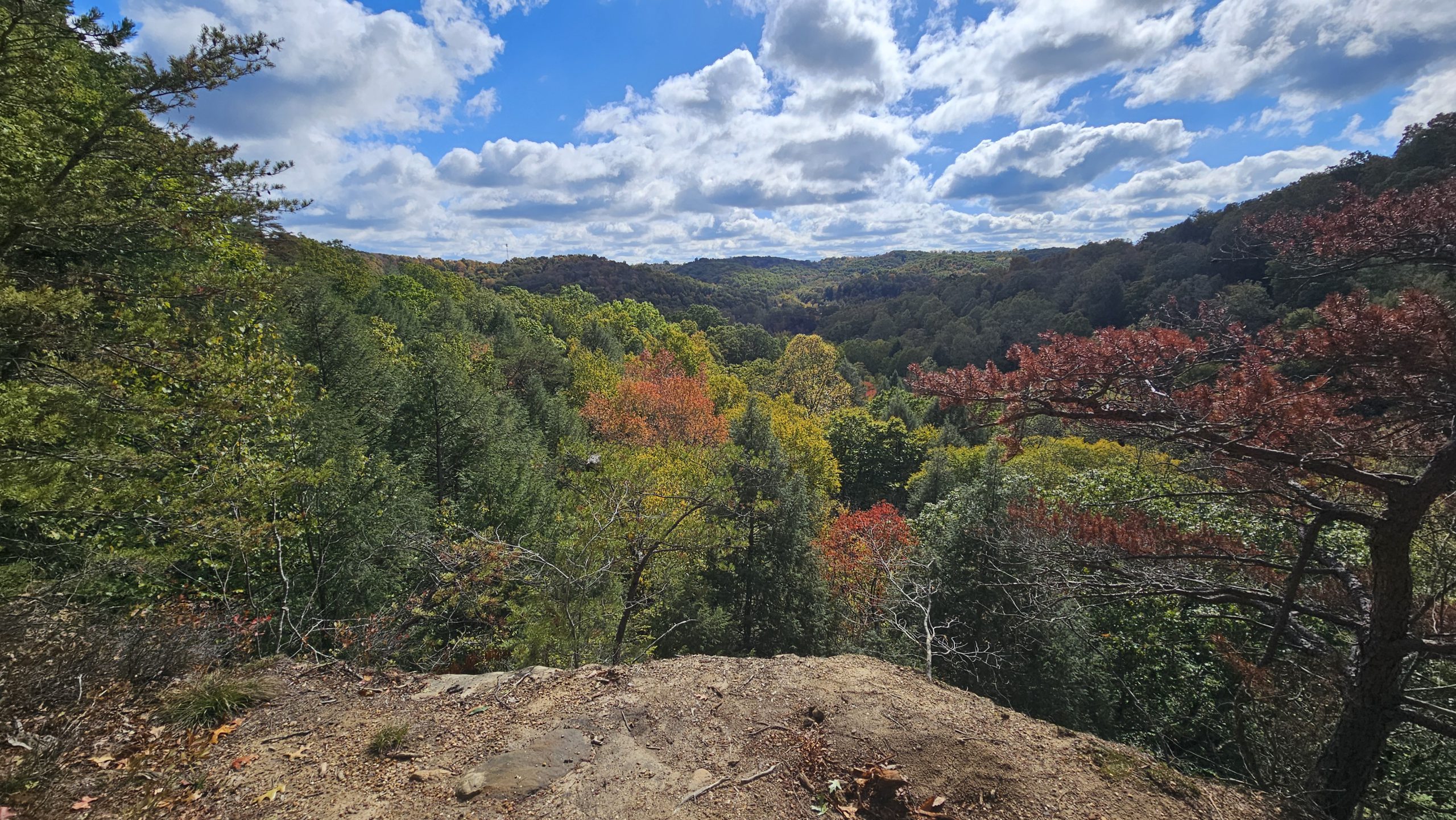
View from the rim trail of Conkle's Hollow in Hocking Hills, Ohio. Photo Credit: Lisa Tussey Yoder
Golden Connection Challenge:
Connect with nature this week, especially if you are an introvert. If you are an extrovert, ask an introvert to join you. You might discuss how being in nature affects each of you. Does it energize you? Do you like to sit still and soak it in or have lots of movement through it? What are the different things you get from nature when you experience it with someone else rather than alone?
I’d love to hear about your experiences with a comment here or email me using the contact form.
